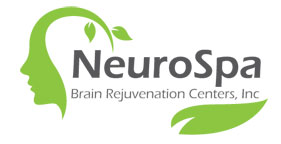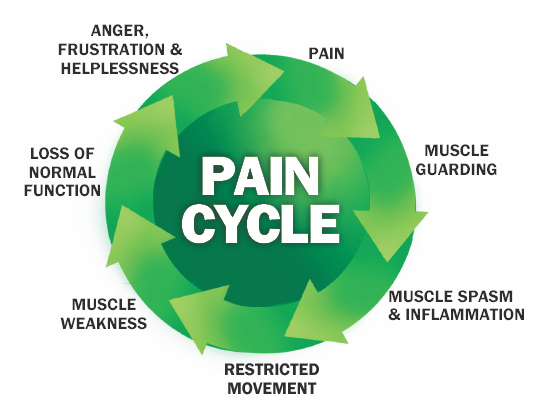Transcranial magnetic stimulation (TMS) therapy for chronic pain can provide a safer and nonaddictive method for handling chronic pain and other issues.
Pain and pain management are points of great concern for patients worldwide. At the same time, the treatment of chronic pain, particularly through medication, has become a very controversial and sensitive topic. But were you aware that there are other treatments available to deal with chronic pain? For example, you may want to consider transcranial magnetic stimulation. TMS therapy for chronic pain can provide a safer and nonaddictive method for handling pain.
Common chronic pain conditions include spine disease, neck and low back pain, headaches, peripheral neuropathy, shingles, chronic migraines, among any others.
Pain is a subjective sensation produced by very specific neurotransmitters and electrical networks within the CNS (central nervous system). Specific structures within the spine (lateral spinothalamic tracts and Lissauer’s tracts) carry stimuli to centers in the brain, including the thalamus, which project to centers that interpret the stimuli as being noxious or painful (for example, cingulate gyrus, sensory association center, amygdala, among others). These pain centers are modulated or altered by complex network of neurons interconnected with areas that regulate emotion, stress, memory, sleep, and behavior. As a result of this complex interaction, pain is not just a simply unpleasant sensation but rather a pervasive and excruciating state. Fortunately, in some cases, the use of TMS therapy for chronic pain can provide pain sufferers with much-needed relief.
Through the use of TMS therapy for chronic pain, pain can be increased or decreased by regulating and stimulating specific areas of brain. Through employing a very specific frequency, duration, and intensity of electrical stimulation to both the brain and peripheral nervous system, conditions that often lead to chronic pain can be significantly and successfully treated. Also, studies have shown that neurofeedback can correct malfunction of specific brain regions and dysregulation of pain signals.
If you are experiencing chronic pain and are seeking alternatives to treatment through medication, contact us, and after a thorough examination, we’ll see if TMS therapy for chronic pain is the right course of action and treatment for you.



